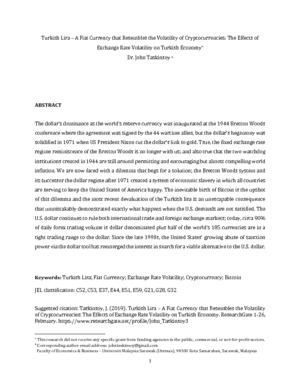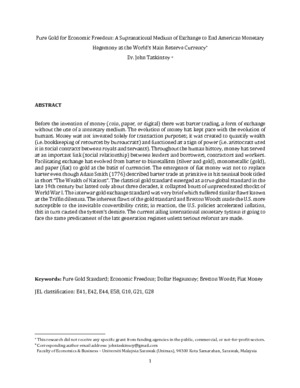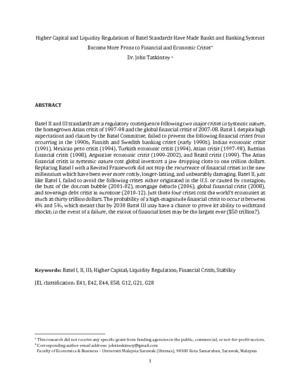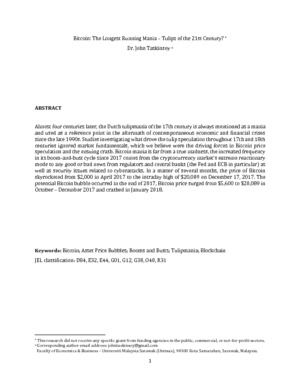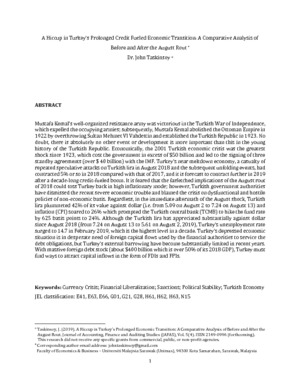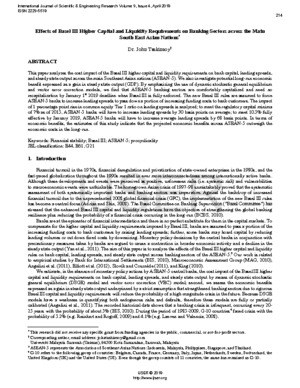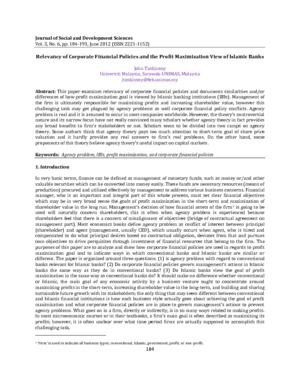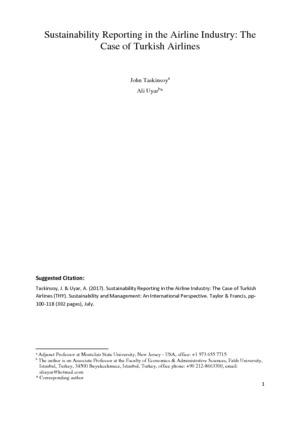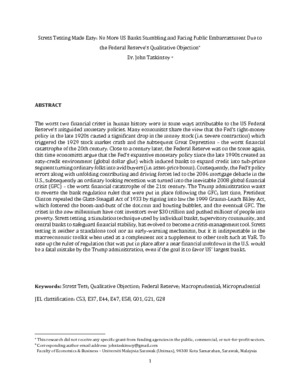- Suggested keywords :
- Researchers(47)
- effect(4)
- Radioactive(1)
- material(7)
- Asia(1)
List of Categories and SubCategories
Change Your Picture

Typology Of Stress Testing: Microprudential Vs. Macroprudential Stress Testing Of Risk Exposures
JOHN TASKINSOY
VIEWS
1810
INFO
more

- Category : Business
- Size : 1062367
- By : JOHN TASKINSOY

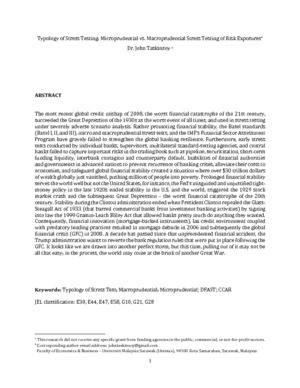

Using Your Google Account
Google Login/Sign up
OR
Recover Your Password
Abstract
The most recent global credit mishap of 2008, the worst financial catastrophe of the 21st century, succeeded the Great Depression of the 1930s as the worst event of all times, and used in stress testing under severely adverse scenario analysis. Rather promoting financial stability, the Basel standards (Basel I, II, and III), micro and macroprudential stress tests, and the IMF’s Financial Sector Assessment Program have gravely failed to strengthen the global banking resilience. Furthermore, early stress tests conducted by individual banks, supervisors, multilateral standard-setting agencies, and central banks failed to capture important risks in the trading book such as pipeline, securitization, short-term funding liquidity, interbank contagion and counterparty default. Inabilities of financial authorities and governments in advanced nations to prevent recurrence of banking crises, alleviate their costs to economies, and safeguard global financial stability created a situation where over $30 trillion dollars of wealth globally just vanished, pushing millions of people into poverty. Prolonged financial stability serves the world well but not the United States; for instance, the Fed’s misguided and unjustified tight-money policy in the late 1920s ended stability in the U.S. and the world, triggered the 1929 stock market crash and the subsequent Great Depression – the worst financial catastrophe of the 20th century. Stability during the Clinton administration ended when President Clinton repealed the Glass-Steagall Act of 1933 (that barred commercial banks from investment banking activities) by signing into law the 1999 Gramm-Leach Bliley Act that allowed banks pretty much do anything they wanted. Consequently, financial innovation (mortgage-backed instruments), lax credit environment coupled with predatory lending practices resulted in mortgage debacle in 2006 and subsequently the global financial crisis (GFC) in 2008. A decade has passed since that unprecedented financial accident, the Trump administration wants to reverse the bank regulation rules that were put in place following the GFC. It looks like we are drawn into another perfect storm, but this time, pulling out of it may not be all that easy; in the process, the world may come at the brink of another Great War.
Recommended Papers


